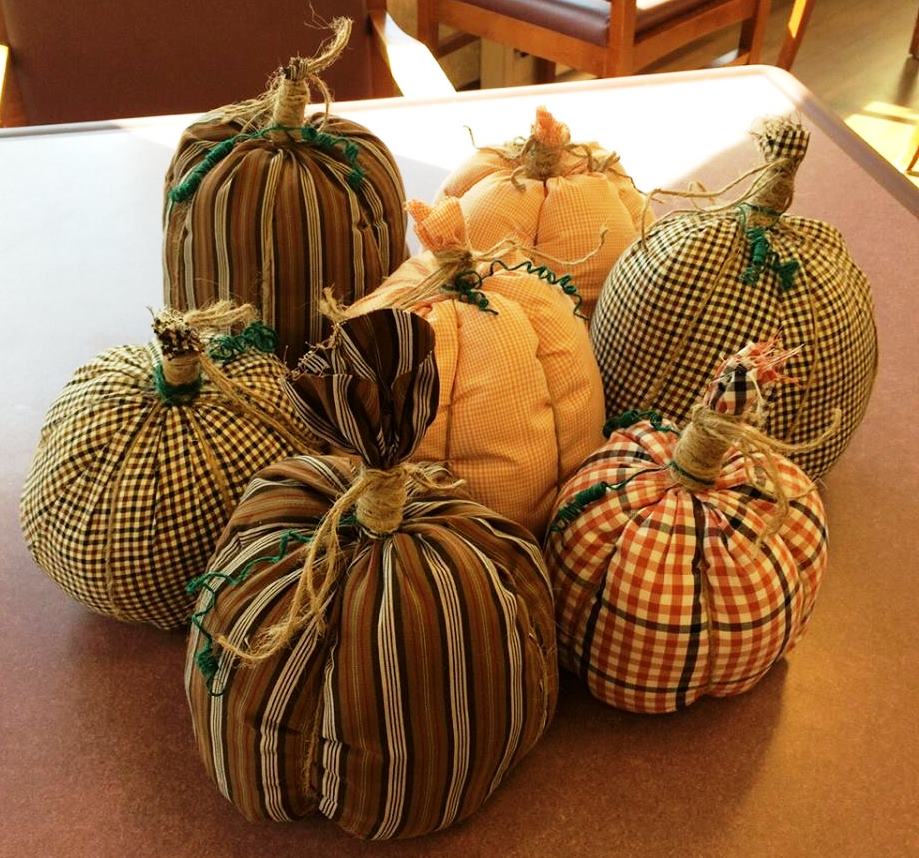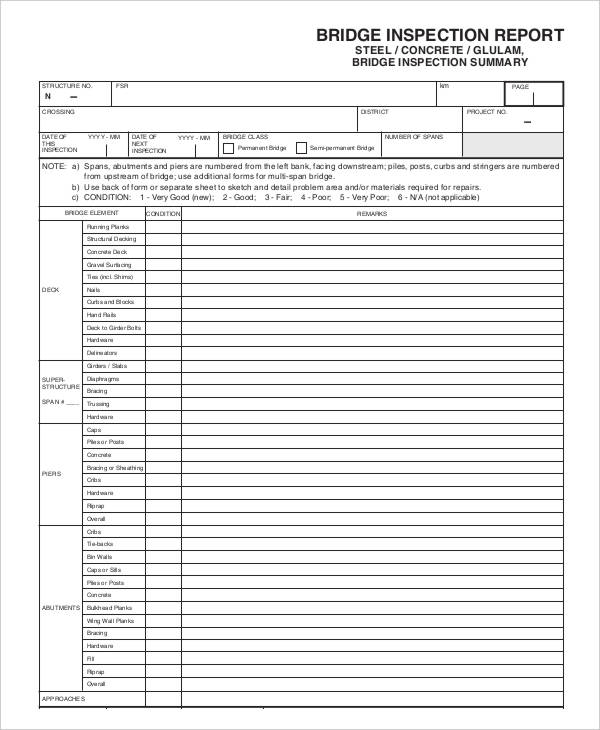Table of Content
Whether counseling services or gathering with others, we provide opportunities to find strength and celebrate loved ones who have died, but remain in our hearts. Your support helps us sustain and further develop the high level of care provided at BridgingLife. View our calendar to find monthly grief support groups and fundraising opportunities to help provide end-of-life care for all in need.
This may be in addition to the care provided under your insurance plan, after your insurance coverage ends or at any time when you believe some additional in-home help would benefit you. Because these terms are relatively new, often used interchangeably, and evolving, they can be confusing. RPM is a type of telehealth delivery system and in most cases, is considered a type of telehealth. We are a healthcare company that created an in-house RPM software that works to care for patients. We believe technology is an important part of the healthcare solution but is not the solution by itself. Many VNANE hospices offer Veterans Programs that are national initiatives developed by NHPCO in partnership with the Department of Veterans Affairs.
Hospice - Bridge Home Health & Hospice
Additionally, most hospice patients have their costs covered by their insurance plan, including Medicaid/Medi-cal, the VA, and most commercial insurances. Medicare Part A generally covers skilled nursing care in a skilled nursing facility under certain conditions for a limited time. Medicare Part A and Part B may also cover other home health services such as physical therapy and speech-language pathology services. The biggest requirement for successful implementation of a bridge program is having nurses who are cross-trained in home care and hospice.
Our team is headquartered in Colorado and currently offers services across the Denver Metro and Colorado Springs regions of the Front Range. Duke HomeCare & Hospice works closely with your physician to provide comprehensive, individualized care in the comfort of your home or at our inpatient hospice facility. As part of a dynamic continuum, The Bridges Palliative Program provides relief from the symptoms and barriers challenging individuals living with chronic, long-term or advancing conditions.
Listing Websites about Home Health To Hospice Bridge Program
Hospice care is designed to provide support for any patient who is no longer responding to curative treatment. Hospice care focuses on your comfort and provides a better quality of life, with the goal to enable you to have an alert, pain-free life and live each day as fully as possible. An unprecedented illness can leave the patient, and their entire family, confused with many questions. Our specialized hospice care team provides answers to all the questions pertaining to the illness, addressing every aspect, including physical, emotional, and spiritual care needs. Home health clinicians provide one-on-one care for patients in their homes.
The Patient Advocate will be involved in the patients care from the begining to the end. They will communicate any updates and will be the main point of contact for the physician or community partner that sent the referral. In my dealings I have had with Bridge Home Health, I could not have asked for more professional, more well trained, prompt, reliable, and nicer personalities than I received.
WE ARE SMALL, LOCAL HOME HEALTH AGENCY
Many RPM solutions offer the tech without the healthcare team—the tools without the actual healthcare expertise. Not only do we provide the tech, but also, we provide the monitoring and follow-up from healthcare professionals. Our software was built in-house by healthcare providers and is supported by healthcare providers. Live life without the disruption of hospital stays and healthcare emergencies. Leverage technology to give yourself, family, and healthcare team the peace of mind to manage your health based on your individual needs on a daily, weekly, and monthly basis.
Patients with chronic illnesses, acute illnesses, high re-hospitalizations, poor prognosis, or needing pain management who have stopped receiving treatment qualify for the Bridge Program. For the last six months, cancer patients, cystic fibrosis patients, and patients with end stage congestive heart failure and lung disease have taken advantage of the program. By its nature, many of them die in care, however, all patients who move on either to hospice or who are discharged are asked their opinions about the program, and thus far, Karnes says reactions have been positive. The National Hospice Organization in Arlington, VA, has been talking about bridge programs for about a year, Carter says.
Hospice care is palliative care focused on relieving symptoms and supporting patients with a life expectancy of months not years. However, palliative care may be given at any time during a person’s illness, from diagnosis on. Many hospices offer palliative care transition programs for persons with life-limiting illnesses while continuing to seek curative treatment. Should curative treatment be ineffective, the patient may choose to transition to hospice. A team of skilled healthcare professionals, including your personal physician, are available to help with decisions about treatment or changes in the direction of care. Expertise in pain and symptom management with nursing staff, home health aides, social workers, spiritual advisors, and therapists available.

Home health care may involve assisting patients with basic needs such as bathing and dressing, as well as more specialized services such as physical therapy, wound care, medication management, and IV therapy. This type of care may be provided in the patient’s home or a long-term-care facility. It is not applicable for patients in an in-patient hospice unit, a hospital, or skilled nursing facility. The Bridge Hospice team is trained to manage all symptoms especially related to end-stage illnesses, including pain, wound, and respiratory management, while attending to the patient’s nutritional and safety concerns. Bridge Hospice’s team cares for the patient as if they were part of our family with total respect for all physical, psychosocial, and spiritual needs.
This allows our clinical team to be able to provide more support and more visits, when necessary. We are able to spend quality time with each patient and their family to ensure their needs are met. This team approach to providing patient-centered care can help meet the physical, cultural, psychological and spiritual needs of you and your family. In addition, it can offer results via well-planned treatment for all your symptoms throughout your illness — treatment that takes care of you in your present condition and anticipates your future needs.

The Bridge to Hospice program offers coordination of care for patients and families coping with end-stage chronic illness or life-limiting illness. Frequently, hospice nurses take on ‘bridge’ patients who are still seeking active treatment for life-threatening illnesses, or who are not emotionally ready to consider hospice. This collaboration between our home health and hospice teams ensure a smooth, timely and seamless transition from home health to hospice care.
Hospice nursing has an added benefit that patients who want aggressive cancer treatments haven't had access to before from traditional home care - the symptom management which hospice nurses are specially trained in. Carter says there is no reason this program couldn't be expanded in the future to give other cancer patients facing chemotherapy and radiation treatment access to the expertise of the hospice nurses. "It's covered the same way home care is. We know others could benefit from it."


No comments:
Post a Comment